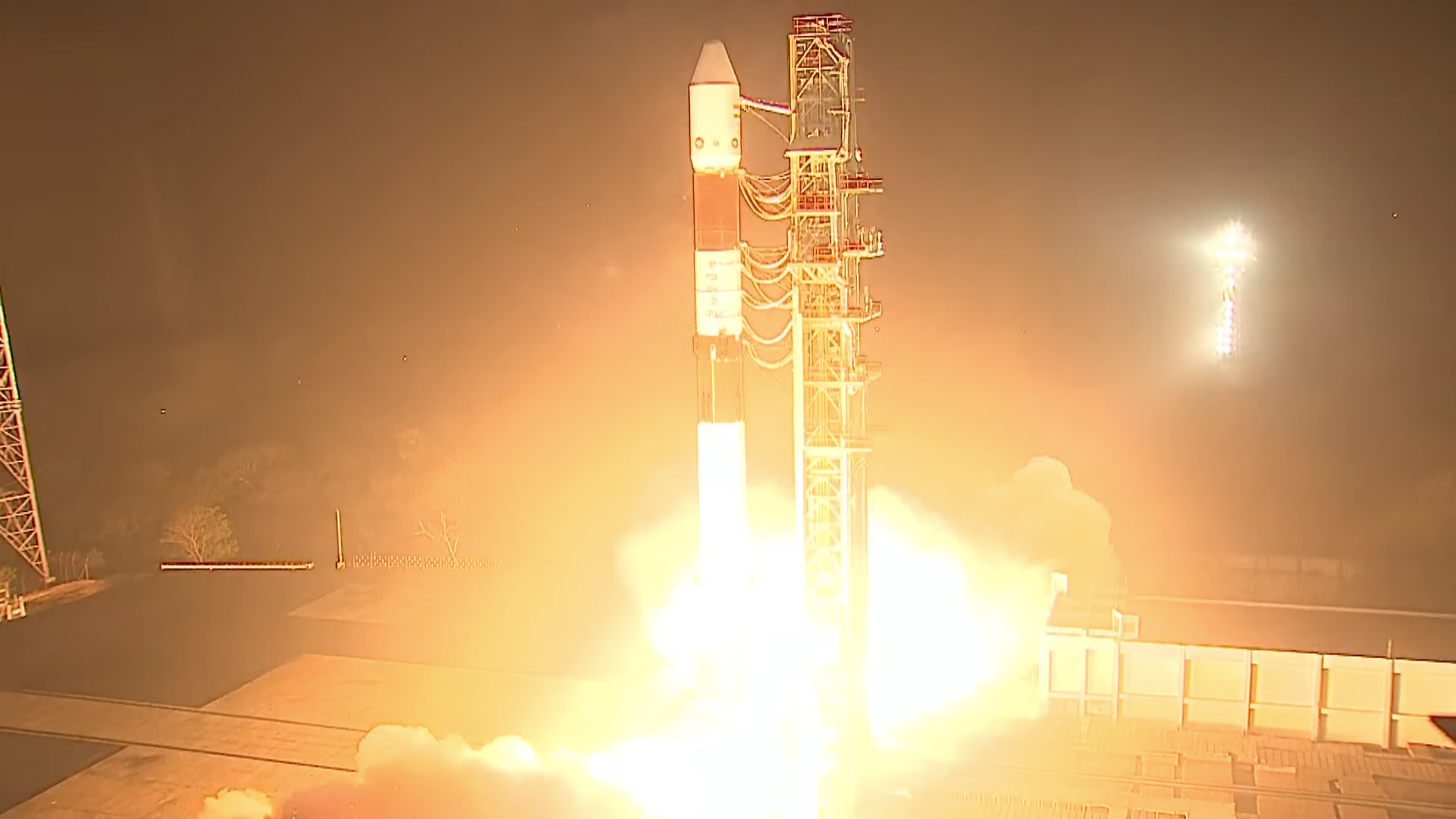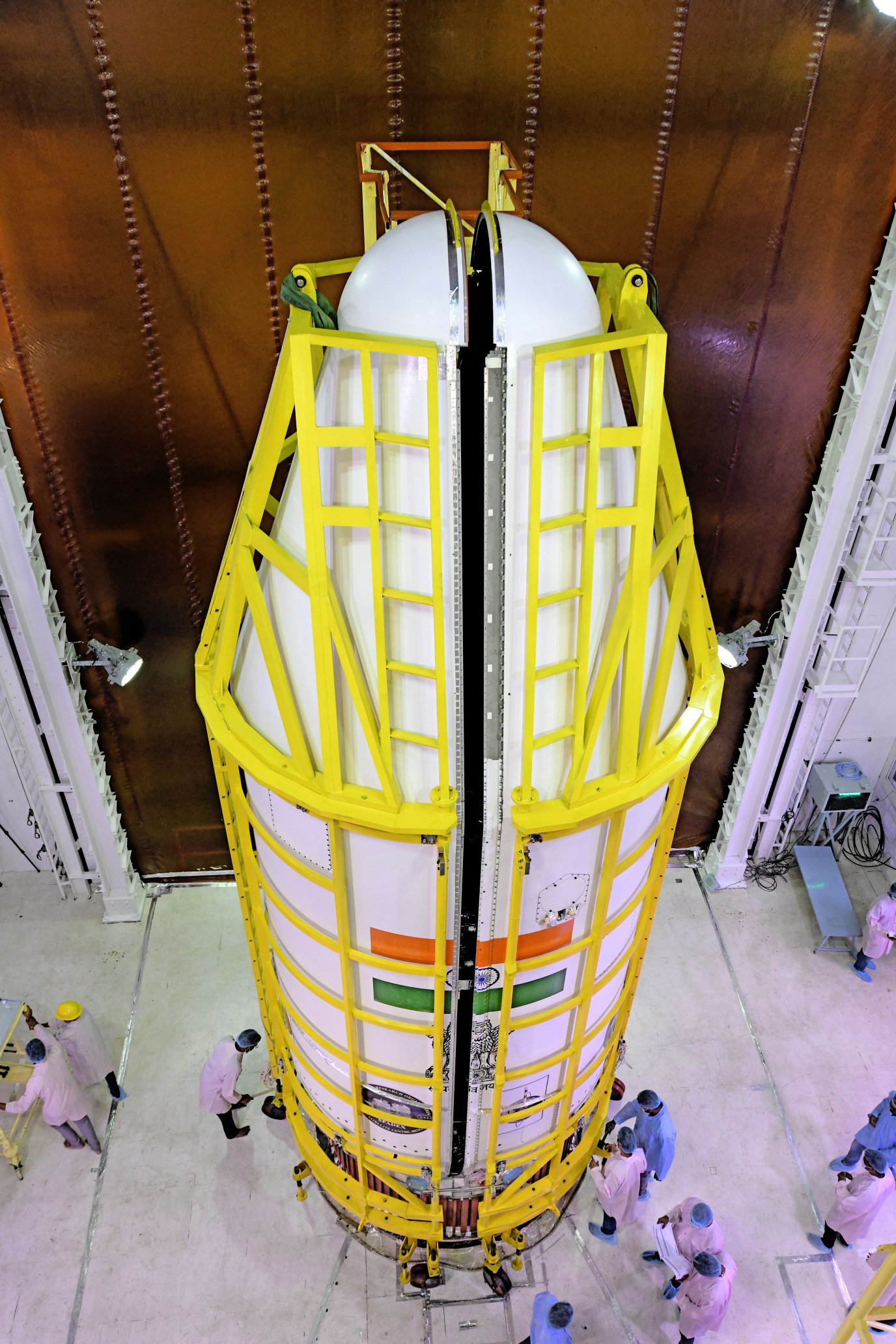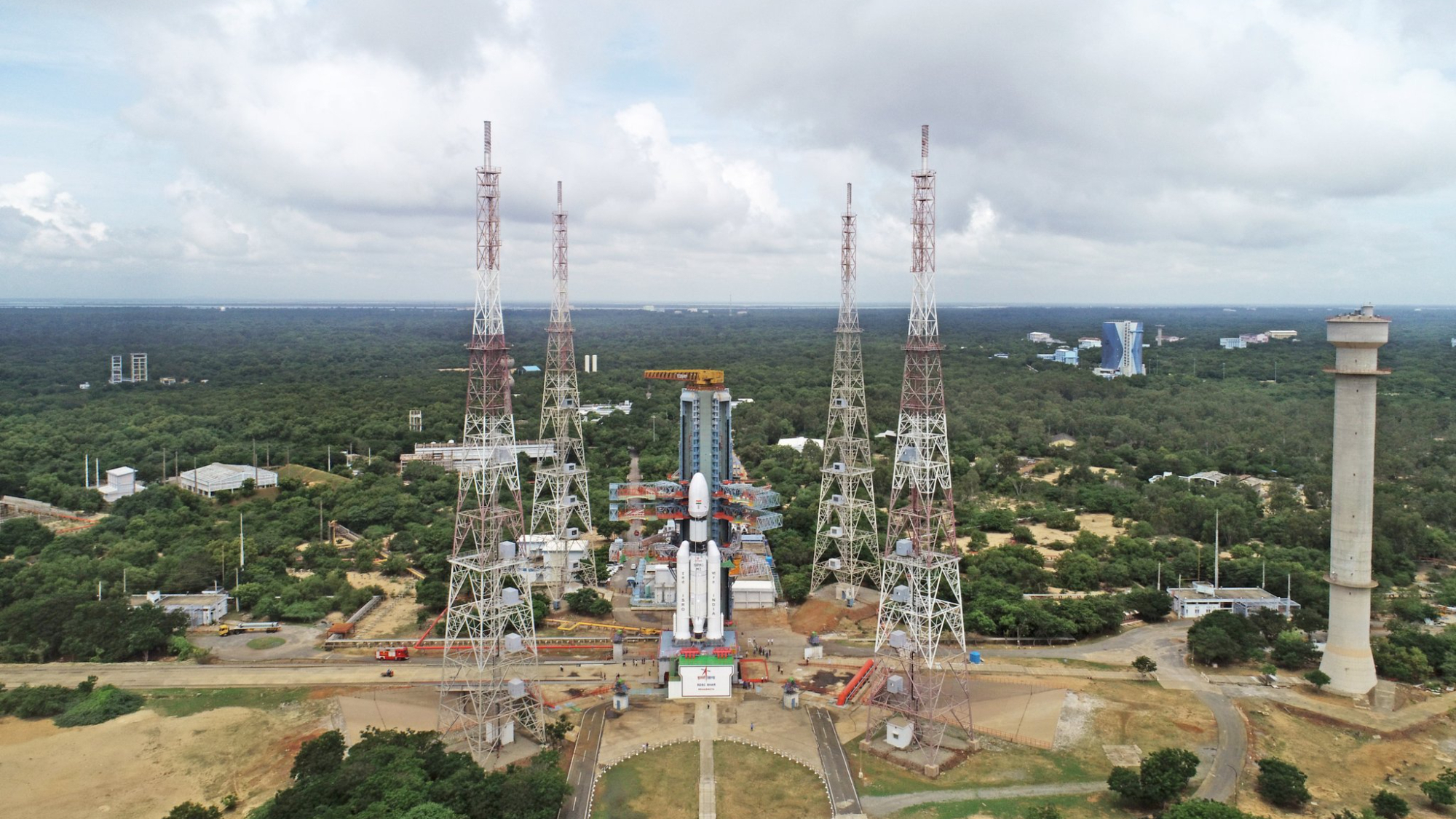India launches 2 SpaDeX satellites on ambitious space docking test for future moon mission, space station
The SpaDeX mission will attempt India's first-ever autonomous docking in space.

India successfully launched twin satellites on the country's first-ever space docking test flight on Monday (Dec. 30), a mission that aims to demonstrate a key technology the country will need to build its own space station and return moon samples to Earth.
The India Space Research Organisation will launch the two small satellites of its Space Docking Experiment (SpaDeX) atop an Polar Satellite Launch Vehicle on Monday. Liftoff occurred on time at 11:30 a.m. EST (10 p.m. IST, 1628 GMT) from ISRO's Satish Dhawan Space Centre in Sriharikota.
"I'm really happy to announce the successful accomplishment of the launch of PSLV 60 for the SpaDeX mission," ISRO Chairman S. Somanath said shortly after the launch in a live webcast. "The rocket has placed the satellites in the right orbit." If all goes well, the first docking attempt could occur by Jan. 7, he added.
The SpaDeX mission is made up of two satellites, a Target and a Chaser, on a mission to test autonomous docking technology in orbit. But ISRO hopes to do more than just test automatic docking gear.
The mission also includes a secondary payload module with 24 different experiments aboard, including a small robotic arm, which are riding aboard the PSLV rocket's fourth stage independent of the SpaDeX satellites. Scientists hope to test the arm and other payloads after docking in a payload operations demonstration while also test dual spacecraft control and power transfer between the docked spacecraft.
"This technology is essential for India's space ambitions such as Indian on Moon, sample return from the Moon, the building and operation of Bharatiya Antariksh Station (BAS), etc.," ISRO officials wrote in an mission overview, using the official name to India's planned space station. "In-space docking technology is essential when multiple rocket launches are required to achieve common mission objectives."
The docking technology is vital ISRO's planned Chandrayaan-4 mission to the moon, which aims to return samples to Earth from the lunar south pole. A sample-return vehicle will have to dock in lunar orbit to transfer to sample to a return capsule. The ability to dock autonomously is also required for space station construction and operation as ISRO develops its human spaceflight program.
Breaking space news, the latest updates on rocket launches, skywatching events and more!

The SpaDeX docking demonstation is expected to take place in early 2025 while the Target and Chaser spacecraft fly in low Earth orbit 290 miles (470 kilometers) above Earth. The two spacecraft, each weighing 485 pounds (220 kilograms), are expected to test rendezvous operations from as far apart as just over 12 miles (20 km), with the Chaser vehicle approaching closer over time for the final docking.
"After successful docking and rigidization, electrical power transfer between the two satellites will be demonstrated before undocking and separation of the two satellites to start the operation of their respective payloads for the expected mission life of up to two years," ISRO officials said in the mission overview.

The non-docking payloads are flying on SpaDeX aboard ISRO's PS4-Orbital Experiment Module, or POEM-4, which "the scientific community to carry out certain in-orbit microgravity experiments for an extended duration of up to three months," ISRO officials wrote.
Fourteen of the experiments were developed by ISRO officials, with the remaining 10 being flown for universities and commercial startups.
The ISRO payloads include novel technologies for the space agency, such as a "walking robotic arm" that can move end over end like an inchworm, similar to the CanadArm2 robotic arm on the International Space Station. There is also a "Debris Capture Robotic Manipulator, a robotic arm that will attempt to catch tethered "debris" in a space junk cleanup test. You can see a full list of the different payloads on the ISRO mission site here.
ISRO's SpaDex launch is expected to be the penultimate rocket launch of 2024. It follows on the heels of a two Falcon 9 rocket launches in three days by SpaceX, with one final Falcon 9 launch set for Dec. 31.
Editor's note: This story was updated on Dec. 30 to reflect the successful launch of India's Space Docking Experiment mission.
Join our Space Forums to keep talking space on the latest missions, night sky and more! And if you have a news tip, correction or comment, let us know at: community@space.com.

Tariq is the award-winning Editor-in-Chief of Space.com and joined the team in 2001. He covers human spaceflight, as well as skywatching and entertainment. He became Space.com's Editor-in-Chief in 2019. Before joining Space.com, Tariq was a staff reporter for The Los Angeles Times covering education and city beats in La Habra, Fullerton and Huntington Beach. He's a recipient of the 2022 Harry Kolcum Award for excellence in space reporting and the 2025 Space Pioneer Award from the National Space Society. He is an Eagle Scout and Space Camp alum with journalism degrees from the USC and NYU. You can find Tariq at Space.com and as the co-host to the This Week In Space podcast on the TWiT network. To see his latest project, you can follow Tariq on Twitter @tariqjmalik.

